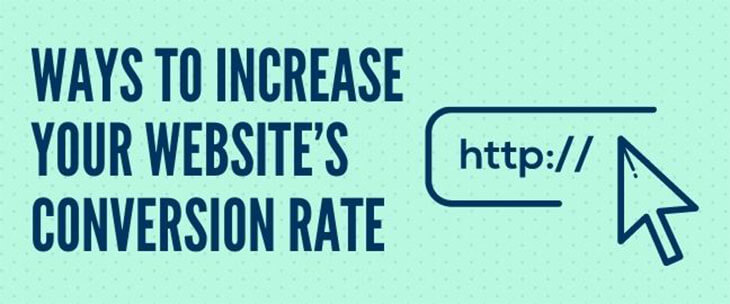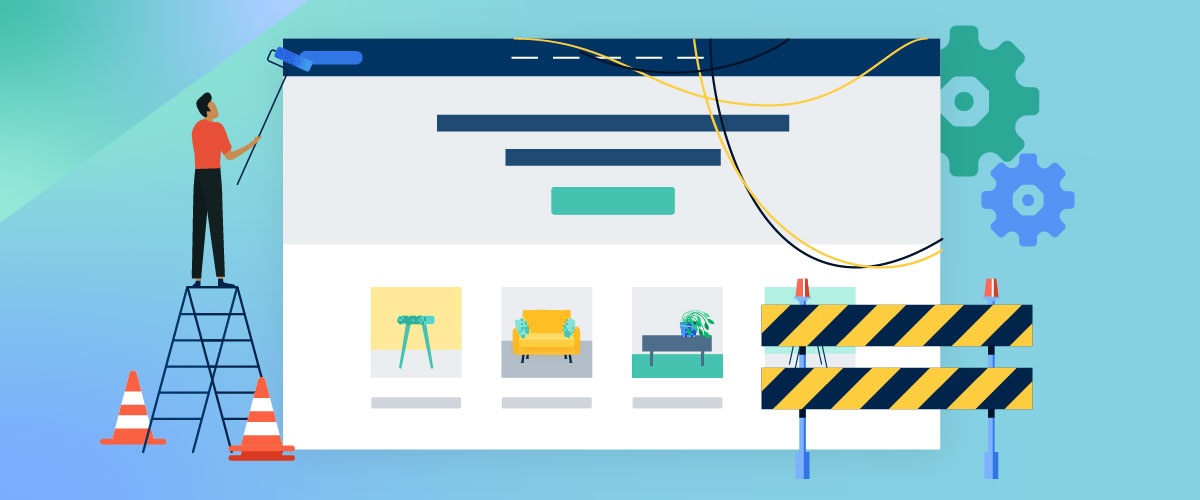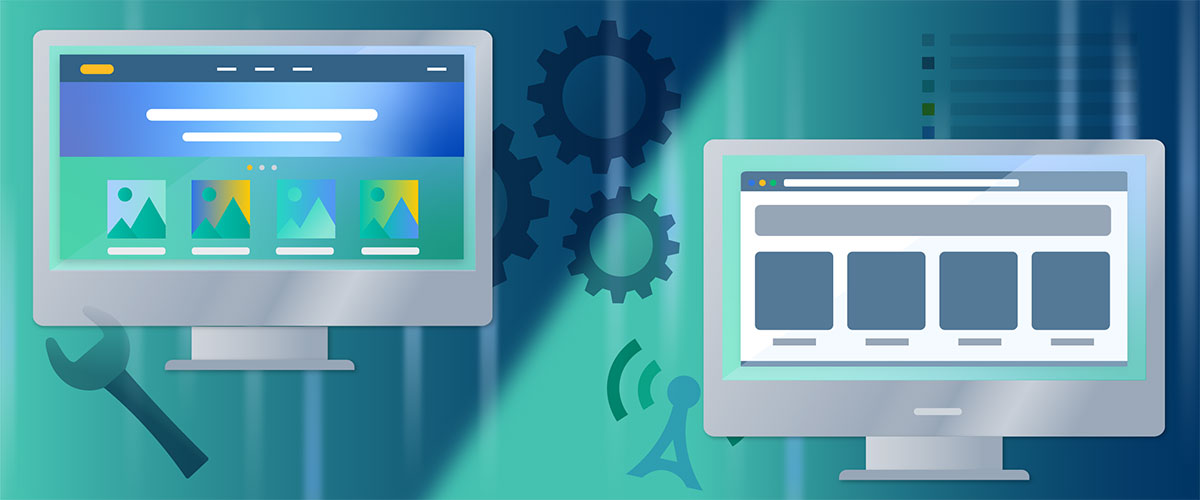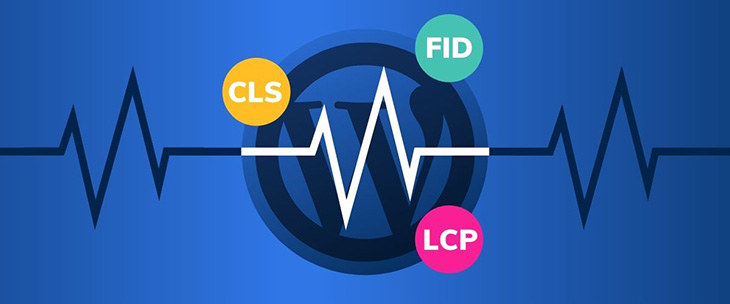While many businesses know that conversion rates are the key to higher profits, fewer know how to achieve a coveted high conversion rate. While advertising and digital marketing methods are useful, they can be overplayed and reduce customer loyalty over time. While conversion rate optimization is an entire industry, websites heavily affect conversion rates. Discover some of the ways that quality web design can increase your website’s conversion rate.
Focus on Your Website
A company’s website has a large impact on your SEO, conversion rates, and customer engagement when executed properly. People typically have to use the website to purchase as an online customer; it’s the only way e-commerce sites see sales and a large portion of how other businesses find new customers. Your website is an immeasurable asset to your conversion rate.
Digital marketing techniques—email marketing, pay per click advertising, paid social media advertising, and search engine optimization—may get people to your website. If the site isn’t up to expectations, though, you can lose the conversion. Here are some tips for a website that encourages conversions:
- Make the site easy to understand.
- Guide the user to do what you want them to do through website development.
- Ensure that your website is quality based on snap judgments; a user decides the quality of a website in under one second.
- Provide a phone number prominently on all entrance pages.
- Create a clear path to conversion by improving your website’s navigation; don’t make potential customers dig through a bunch of content to contact you or make a purchase.
Perform Constant Variant Testing
Considered by many professionals to be the most fundamental part of conversion rate optimization, constant variant testing requires vigilant effort and leads to tireless adjustments.
Constant variant testing is when a website owner or developer creates a specific page on a site and runs advertisements to that page—this is the control page. They then create a second page that differs from the control page slightly.
Doing this tests the minute details through a constant iteration analysis, meaning a continuous review of variable pages. This process refines the website for the most conversion potential rooted in minor shifts in detail.
The process is much more in-depth than many companies have the resources to complete on their own.
Make Contacting You Simple and Fast
One way to better conversion rates is to ensure that contacting your business is fast and straightforward. Potential customers don’t want to dig through pages and pages of promotional or even informational content to find a phone number.
Most website users will tire of looking for information after just three clicks.
With this information in mind, make sure that any pertinent contact information is a maximum of three clicks away from any entrance page. Ideally, it should take zero additional clicks to find.
Keep your company’s contact information easily accessible by following the “NAP” rule. Nap:
N Name
A Address
P Phone number
These three elements should always be at the top of every page, preferably in the header. By featuring it so prominently, you allow users to find pertinent contact information within the first second of landing on your site. In many businesses, the primary way to achieve a conversion is to allow the customer to contact you quickly.
Provide a Contact Form
A contact form is another effective way to allow your customers to get in touch with your business quickly and easily. Contact forms enable a customer to feel heard immediately and help lead to more conversions. Remember the urgency of the web when making a contact form.
Online users want fast, easy access and answers. They will tire quickly of a form with too many fields to complete. Limit your contact form to three sections or fewer. Here are some examples of fields many businesses choose to include:
- Name
- Phone number
- Email address
- Comments/questions/concerns
- Preferred method of contact
- Contact information
- Select a reason for contact
The most important things to include will differ based on industry. Above all else, ensure you have a way to get back to them and know why they’re contacting you.
Remember: The contact form only works to create conversions if the customers receive prompt communication. A company must solve their issues, questions, or inquiries effectively. In almost every situation, the customer service you provide will make or break a conversion.
Attach Thoughtful Pop-Ups
Pop-ups are an annoyance to online consumers; most people despise them—but they do work in many cases. Putting pop-ups on your website is the choice of every individual business, but it must be a balanced one. Too many pop-ups—or those in the wrong place or at the wrong time—can have an adverse effect on your conversion rate. For those who choose to use pop-ups to increase their business’s conversion rate, explore these tips.
Track Conversions from Pop-ups
To find out if a pop-up is useful, track the conversions that stem from it. When conversions regularly result from the pop-up, you can consider it a beneficial one. It’s critical to remember to check the bounce rates after the pop-up appears. If more people are leaving your site due to the pop-up than are converting because of it, you may want to remove it or rethink its placement or timing.
Get Unbiased Opinions
Have actual people—not employees, partners, or others with a stake in or biased view of your business—use the site and review the pop-ups. If your testing group finds them annoying and intrusive on their experience, remove or reconsider them. Many pop-ups interrupt the flow of a user reading information. They can also interrupt a user during the conversion process, which may frustrate them into leaving the site.
Consider Alternatives To Intrusive Pop-ups
Not every pop-up has to be loud, intrusive, and disturb the user’s experience. If through your testing, you fail to find an effective spot or time for a pop-up that doesn’t increase your bounce rate, then a “leaving” pop-up might be useful.
Many websites utilize pop-ups when the user mouses over the URL bar to leave the website. In this case, it may draw them back into the site for a second look—effectively giving your site a second chance at an almost-lost conversion.
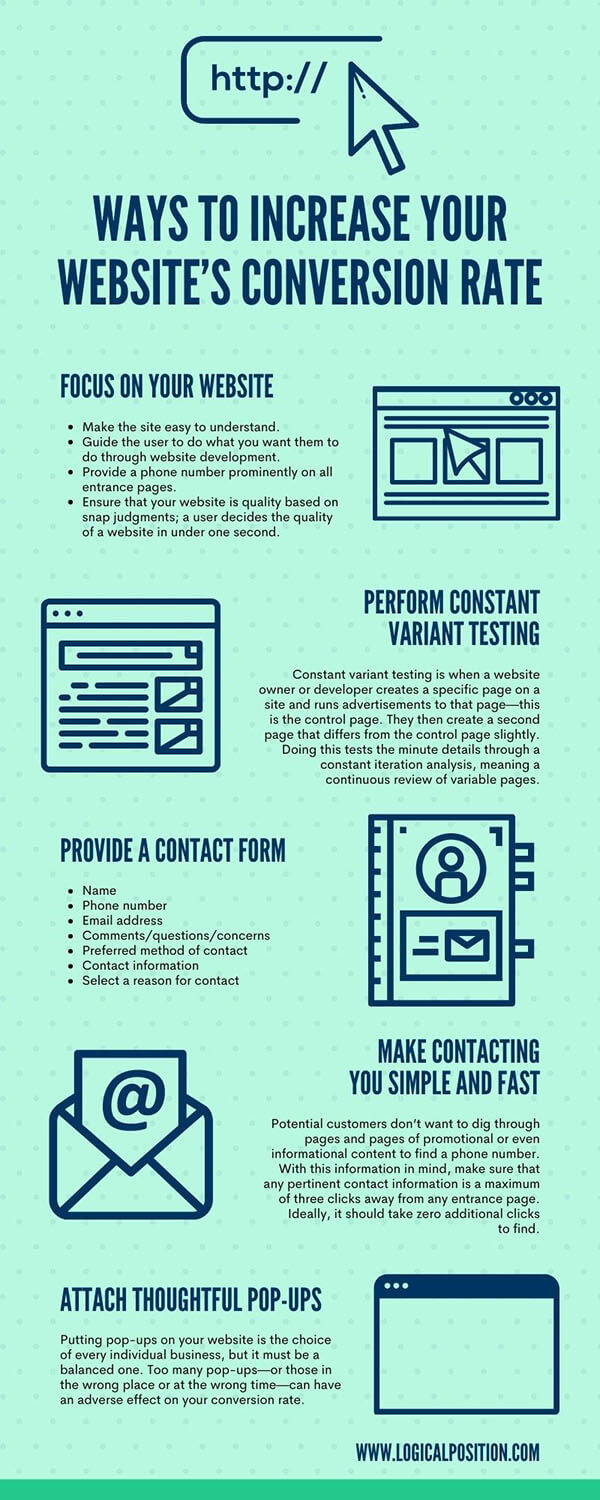
Consider the Benefits of Reviews
While consumers are less likely to trust reviews on a company’s website than those from a third party, they are still useful in many cases. Weigh the pros and cons of including real customer reviews on your site.
Remember: To keep your customers’ trust, include only real reviews from confirmed customers. Fabricating reviews will hurt your image, as customers know how to spot a fake and will feel betrayed. When using reviews, always ensure they’re real and honest.
Including real reviews can mean negative reviews live on your website. It also gives you a chance to take that honest feedback and correct flaws in your company. This strategy shows growth and dedication to customers. The more attribution you can attach to reviews, the more customers and potential customers regard them as truthful.
Keep Your Site User-Focused
While many companies don’t have the resources to perform constant testing and adaptions to their websites, by keeping the site user-focused, you should see noticeable increases in conversion rates.
Advertising and marketing may bring customers to your company’s website. Still, the site itself is what makes or breaks the conversion. Remember that your users are people who want an attractive and easy-to-navigate website to facilitate communication or conversion.
There is a limit to realistic conversion rates on websites. Overdoing the ads, pop-ups, and flashy elements may frustrate and deter your customers more than it creates new conversions.
A business exists to serve the consumer—as does a business’s website. With that in mind, help your consumer without bombarding them if you want to create quick, meaningless conversions.
Sometimes customers need time to think through decisions, and the more expensive the product, the fewer impulse purchases they make. Understand your consumer, and be there to support them, and you will see more meaningful and valuable conversions.
When in Doubt, Hire Help
Conversion rate optimization is a lucrative industry that helps to increase the conversion rates of businesses over time. It is also a very costly and high-maintenance venture that requires continuous testing, adjustments, and modifications. For a professional conversion rate specialist company to come in and turn the conversion rate of a website around drastically, it’s not uncommon to see a quote upwards of $50,000.
This kind of financial commitment isn’t always feasible for businesses, especially those failing to reach goal conversion rates and sales. As an alternative, consider talking to your PPC or SEO manager and collaborating with a talented web developer. Together, they can implement changes to increase your website’s conversion rate and strike a balance between a spammy website and one that correctly creates meaningful conversions.
Contact Logical Position today for more information on how we can help raise your conversion rate, manage your PPC and SEO, and improve your website’s development. With professional PPC consultants, website developers, SEO specialists, and paid social media experts, our agency is the place to get comprehensive digital marketing care. We dedicate a team of professionals to each of our clients, so you can rest assured that your conversion rates will be thriving.
